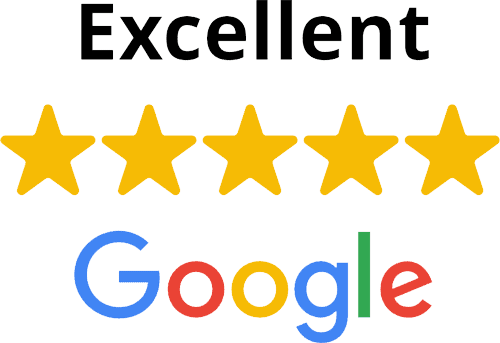In an ideal world, totting up our finances would seem like we’re on an open road, clear of any obstacles. Or, more often, there are several bumps on the journey, rocking our progression to a sound tax return. Mileage is one of these sticking points – HMRC will look kindly on your costs for business-related travel, but only if you count them correctly.
So, as the tax year comes to an end, think about proving where you’ve driven to on behalf of your self-employment. Fuel isn’t cheap, and counting your mileage is a big part of lightening that financial load…
Noting your travel every day
Hindsight is a great thing, and plenty of drivers look to change their travel habits once they discover mileage allowance. You should been recording every road trip over the year, detailing where you went, who you were meeting, and how many miles it took to get there.
If you haven’t done this yet, use the upcoming tax year as a fresh start. Buy a journal or download an app, and keep a log of your business-related travel time. This doesn’t include driving to and from your place of work – that’s merely the daily commute, just as if you were using a train or bus service every morning. It does, however, include service call-outs, supply pickups, and B2B liaisons.
Bear in mind that your mileage allowance changes depending on how far you go each tax year. Every mile under the 10,000 total receives 45p relief; for anything over that, it’s 25p per mile. When you cross the 10,000 mark, the lower tax relief only affects your subsequent tally. That first mileage batch still gets the 45p break.
Estimating and cross-checking
Let’s assume, though, that you haven’t been logging your mileage. Is there anything you can do retrospectively, that HMRC will accept?
Well, yes there is – all it takes is a thorough assessment of where you tend to go each week, on which day, and whether there’s a regular pattern to be uncovered. Look back at your calendar and flag up any meetings that involved travel. Measure the distance you’re likely to have covered, and count it up, month to month.
To simplify the adding process, find a bunch of online mileage calculators, testing a couple of results to make sure the figure is correct. They allow you to input postcards from one location to another, unveiling the mileage that’s associated with your trip.
Digital records on-the-go
As we swerve towards the end of our mileage advice, why not embrace some of the mobile technology that’s making this expense claim a whole lot easier? There are several great applications for recording your journey. TripLog and MileIQ are two favourites, using the GPS in your phone to cement where you’ve been on a business jaunt. Do some research, and add digital companions to your travel.
As an aspect of the freelance or contractor routine, mileage tax breaks are there for the taking. Make sure you hire a specialist accountancy service like Bright Ideas to examine your tax returns before the Self Assessment deadline. Contact us to learn more, and keep cruising in the right direction.





